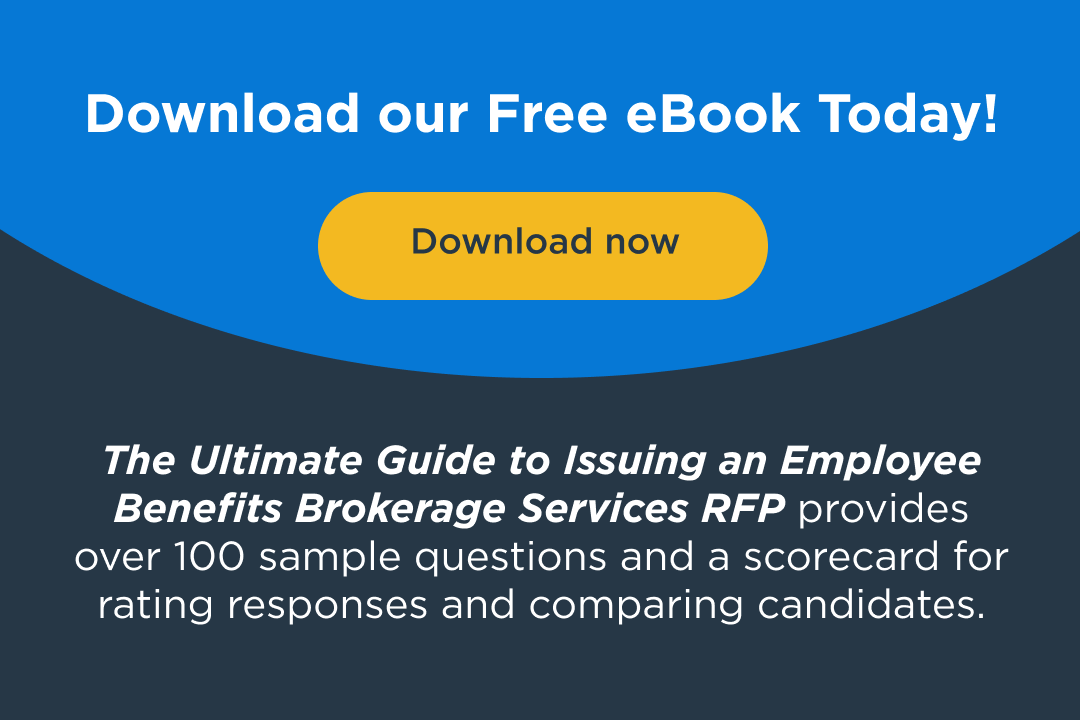Employee Benefits Benchmarking Audits: Weighing the Pros and Cons
May 13, 2025

In today’s competitive labor market, offering the right mix of employee benefits can be a key differentiator for recruiting and retaining top talent. But how do you know if your organization’s benefits stack up against competitors? That’s where a benefits benchmarking audit comes in.
A benefits benchmarking audit is the process of comparing your organization’s benefit offerings—such as health insurance, retirement plans, time off policies, wellness programs, and other perks—to those offered by similar organizations in your industry, region, or size category.
While conducting such an audit can yield valuable insights, it also involves cost, time, and strategic considerations. Below, we explore the major pros and cons to help HR leaders and employers determine whether a benchmarking audit is the right move.
The Pros of Conducting a Benefits Benchmarking Audit
1. Competitive Advantage in Talent Acquisition
One of the strongest advantages of a benchmarking audit is its role in improving your talent acquisition strategy. Candidates—especially those with in-demand skills—are comparing offers, and your benefits package often weighs heavily in their decision.
By understanding what competitors are offering, you can ensure your benefits package meets or exceeds expectations for:
- Health plan coverage and costs
- Paid parental leave
- PTO policies
- Retirement match contributions
- Flexibility and remote work options
- Unique perks like student loan repayment or pet insurance
Benchmarking helps you craft a benefits offering that not only attracts but impresses.
2. Improved Employee Retention
Benchmarking doesn’t just influence external recruitment—it’s also key to retaining current employees. If your employees discover that your competitors are offering more generous or innovative benefits, you may risk higher turnover.
A benchmarking audit provides clear, data-backed insights into whether your organization’s offerings are falling short, helping you proactively adjust and avoid costly attrition.
3. Strategic Budget Allocation
Benefits can represent up to 30% of total compensation costs. Without benchmarking, you might be over-investing in low-value benefits or underfunding areas that truly matter to employees.
An audit allows you to reallocate benefits dollars more strategically, ensuring that your spend is aligned with market standards and employee priorities—maximizing return on investment (ROI).
4. Data-Driven Decision-Making
Audits offer HR teams valuable data points, which are especially helpful when making the case for new benefit investments to leadership. Instead of anecdotal evidence or internal surveys alone, you can present:
- Industry-specific comparison data
- Regional cost benchmarks
- Trend insights from peer organizations
This level of analysis can elevate HR’s credibility and influence within the executive team.
5. Compliance and Risk Mitigation
Benchmarking audits can sometimes reveal gaps or inconsistencies in legally required benefits—especially across multiple locations or jurisdictions. Ensuring your offerings comply with state or federal requirements (e.g., mandated paid sick leave, ACA requirements) reduces risk and supports legal compliance.
The Cons and Challenges of Benefits Benchmarking Audits
1. Time and Resource Intensive
Benchmarking audits aren’t quick fixes. Collecting accurate, up-to-date data across multiple benefit categories and companies takes time and effort—especially for HR teams already stretched thin.
You may need to work with consultants, third-party data providers, or internal finance and legal teams to compile and analyze the data.
2. Cost Considerations
Access to reliable benchmarking data—especially from trusted sources like Mercer, SHRM, or Willis Towers Watson—often comes at a cost. Small or mid-sized businesses might find the expense of these reports or hiring consultants a barrier.
In such cases, employers need to weigh whether the investment in benchmarking will pay off in reduced turnover, improved recruitment, or benefits optimization.
3. Risk of “Copy-Paste” Strategies
There’s a temptation to replicate what competitors are doing without considering your own workforce’s unique needs. What works well for a tech startup in San Francisco might not resonate with a manufacturing firm in Ohio.
Benchmarking should inform—not dictate—your benefits strategy. HR leaders must ensure that any changes align with company culture, values, and employee feedback.
4. Data Limitations
Benchmarking data is only as good as its sources. Often, public data sets are outdated or overly generalized. Even third-party reports may not cover niche industries or unique regional factors.
In some cases, internal surveys or pulse checks with your own workforce may reveal more actionable insights than external comparisons alone.
5. Change Management Complexity
Even when the data shows your benefits are behind the curve, implementing changes isn’t always easy. Enhancing benefits might require:
- Executive buy-in
- Vendor changes
- Budget reallocation
- Communication plans
Managing expectations and ensuring smooth transitions are essential—particularly if you’re shifting from traditional models to more flexible, modern benefit options.
Best Practices for a Successful Audit
If you decide to proceed with a benchmarking audit, keep these tips in mind:
- Define your goals: Are you benchmarking for recruitment, retention, cost-efficiency, or compliance?
- Choose relevant comparators: Look at peers in your industry, size range, and geographic region.
- Balance external data with internal feedback: Surveys, focus groups, and usage data can reveal what your workforce actually values.
- Make it actionable: Focus on takeaways that lead to real changes, not just insights.
- Communicate findings transparently: Share insights with leadership and, when appropriate, with employees.
- Final Thoughts
An employee benefits benchmarking audit can be a powerful tool in shaping a modern, competitive, and cost-effective benefits strategy. It provides data-driven insights that help HR teams make informed decisions—strengthening recruitment, retention, and engagement.
But it’s not without challenges. Employers must weigh the costs, time investment, and complexity against the potential long-term value. And most importantly, any findings must be tailored to the culture and unique needs of your workforce.
In the end, the best benefits strategy is one that’s not just competitive—but also aligned, equitable, and truly valued by your employees.


